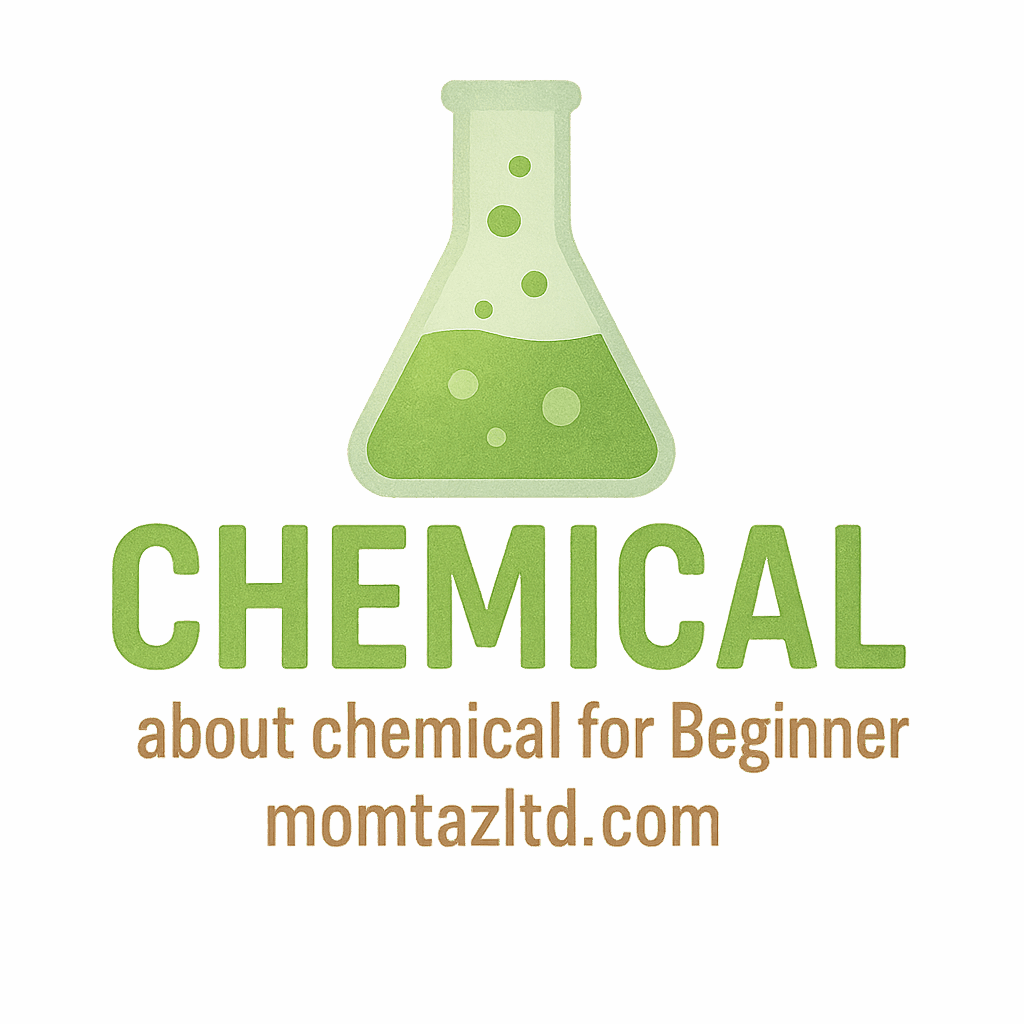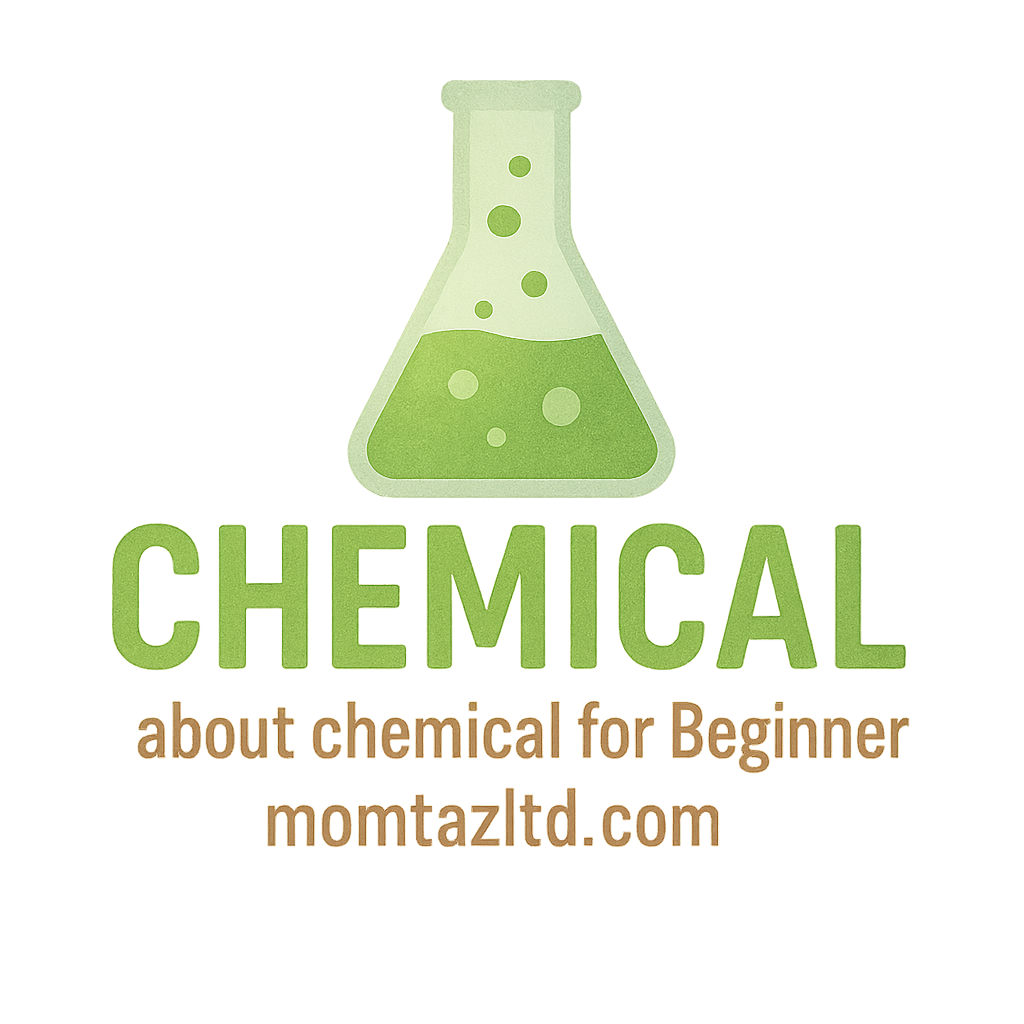Introduction
When you’re diving into the world of chemicals for the first time, the excitement can be overwhelming. However, understanding the importance of safety should always be your top priority. Whether you’re a beginner at home, in a laboratory, or working in an industrial setting, mastering safe handling practices is crucial for your well-being. Accidents involving chemicals can be dangerous, but with the right knowledge, you can significantly reduce the risks.
The Risks Involved with Chemicals
Chemicals come with inherent risks. While some are mild irritants, others can cause severe harm like burns, poisoning, or even explosions. Even common household chemicals need to be handled with care. Momtaz Ltd provides great resources to help you understand the risks involved in working with both industrial and household chemicals. The key to safety is knowledge. As a beginner, you should be aware of these potential dangers and take proactive steps to mitigate them.
Tip 1 – Understand Chemical Labels
One of the first steps toward handling chemicals safely is to always read the label carefully. Chemical labels contain vital information regarding hazards, handling procedures, and emergency protocols. Ignoring this could lead to unwanted accidents.
What Information to Look For
Chemical labels typically include:
- Chemical Name and Composition: This tells you exactly what the substance is and what it’s made of.
- Hazard Pictograms: These symbols provide visual warnings of potential dangers like flammability or toxicity.
- Risk Phrases: Specific warnings about the chemical’s dangers.
- Precautionary Statements: These tell you how to handle the chemical safely, whether it’s wearing gloves, using ventilation, or keeping it away from heat.
How to Interpret Chemical Symbols
The Globally Harmonized System (GHS) uses standardized symbols for various hazards. These symbols might look confusing at first, but once you familiarize yourself with them, they become essential. For instance:
- Flame Symbol: Indicates flammability or a fire hazard.
- Skull and Crossbones: Represents acute toxicity or fatal risk if ingested or inhaled.
- Corrosive Symbol: Indicates that the substance can damage living tissue or metals.
To further understand how to interpret these symbols, check out Momtaz Ltd – Chemical Safety for detailed guidelines.
Tip 2 – Always Wear Protective Gear
Protective gear is your first line of defense when handling chemicals. No matter how safe a chemical might seem, you should always wear the appropriate personal protective equipment (PPE).
Types of Protective Gear
Essential PPE includes:
- Gloves: These prevent skin contact with hazardous chemicals. Ensure you use the right type of gloves based on the chemical (latex, nitrile, or neoprene).
- Goggles: Protect your eyes from splashes or vapors that could cause harm.
- Lab Coats or Aprons: Protect your skin and clothing from spills.
- Face Shields: In situations where chemicals could splash at high velocity, a face shield is recommended for added protection.
When to Wear Specific Gear
Not all chemicals require full protective gear, but always assess the risks. For example, when working with corrosive chemicals, always wear gloves, goggles, and a lab coat. For handling toxic fumes or vapors, you might need a respirator. Momtaz Ltd – Chemical Safety provides more insights on when and how to use protective gear.
Tip 3 – Work in Well-Ventilated Areas
Working in a well-ventilated area is essential for safety. Many chemicals release toxic fumes, vapors, or gases that can be harmful if inhaled. Proper ventilation reduces the risk of exposure.
How Ventilation Affects Safety
A good ventilation system helps disperse these harmful substances, preventing them from accumulating in the air and causing respiratory issues. Fumes can sometimes lead to headaches, dizziness, or long-term lung damage if not managed properly.
Common Ventilation Systems
- Fume Hoods: These are the most effective way to safely handle volatile chemicals. They pull fumes away from your breathing space.
- Natural Ventilation: If you’re working in a small space, open windows or doors for airflow.
- Mechanical Ventilation: Systems like exhaust fans or air filtration systems help ensure chemicals are properly ventilated.
For more on the importance of ventilation, visit Momtaz Ltd – Laboratory Chemicals for detailed advice.
Tip 4 – Properly Store Chemicals
Chemical storage is as important as handling them correctly. Improper storage can lead to leaks, spills, or dangerous chemical reactions. Always store chemicals according to the guidelines.
Storage Locations Matter
Store chemicals in cool, dry places, and avoid areas with direct sunlight. If you’re storing them at home, keep them away from children and pets. Momtaz Ltd – Household Chemicals provides some great examples of safe chemical storage solutions for your home.
Separate Incompatible Chemicals
Certain chemicals, when stored together, can react violently. For example, an oxidizer and a flammable substance could result in an explosion. Always separate incompatible chemicals and check their Safety Data Sheets (SDS) for specific storage instructions.

Tip 5 – Always Have Emergency Procedures in Place
Even with all the safety precautions in place, accidents can still happen. It’s critical to be prepared with emergency protocols to minimize damage and respond quickly.
Chemical Spill Protocol
A spill kit should always be available. Spills can happen quickly, so it’s crucial to:
- Contain the Spill: Use absorbent materials, sand, or a spill barrier to prevent the chemical from spreading.
- Notify Others: Alert others in the area to avoid exposure.
- Clean It Up: Always follow the clean-up instructions on the chemical’s Safety Data Sheet (SDS) for proper disposal.
First Aid for Chemical Exposure
When dealing with chemical exposure, every second counts:
- Skin Exposure: Remove contaminated clothing and rinse with water for at least 15 minutes.
- Eye Exposure: Flush eyes immediately with clean water for at least 15 minutes.
- Inhalation: Move the person to fresh air and seek medical attention.
Always be prepared, and familiarize yourself with the Chemical Safety guidelines from Momtaz Ltd.
Tip 6 – Educate Yourself and Others
Finally, education is key. As a beginner, you should constantly seek out resources and keep up with new safety practices.
Resources for Beginners
Several resources are available for anyone interested in learning more about chemical safety:
- Books: Numerous safety guides are available for beginner chemical users.
- Online Courses: Consider enrolling in online courses that cover everything from basic chemical knowledge to advanced lab safety.
- Learn from Experts at Momtaz Ltd for invaluable tips and advice.
Chemical Safety Certifications
If you plan on working in a lab or industrial setting, obtaining chemical safety certifications can be a great way to boost your knowledge and career prospects. These programs teach you not only safe chemical handling but also how to react in emergencies.
Conclusion
Handling chemicals can be safe if you follow these six tips. By understanding labels, wearing the correct protective gear, ensuring good ventilation, storing chemicals properly, being prepared for emergencies, and continuously educating yourself, you can reduce the risk of accidents significantly. Remember, chemical safety is about preparation and vigilance.
7 FAQs
- What are the most common chemical hazards?
- Chemical hazards can include toxicity, flammability, reactivity, and corrosiveness.
- Why is chemical storage so important?
- Improper storage can lead to dangerous chemical reactions or exposure to toxic fumes.
- Can I handle chemicals without protective gear?
- It’s always better to wear protective gear to avoid exposure to harmful substances.
- How do I know if a chemical is hazardous?
- Check the chemical label for hazard pictograms, and always refer to the Safety Data Sheet (SDS).
- What should I do if I spill a chemical?
- Contain the spill, notify others, and clean it up according to the SDS instructions.
- Is there a safe way to dispose of chemicals?
- Always follow the SDS and local regulations for safe disposal.
- Where can I learn more about chemical safety?
- Visit Momtaz Ltd for in-depth resources on chemical safety and related topics.
This article provides a comprehensive guide to safe chemical handling for beginners. For more detailed resources, head over to Momtaz Ltd and explore the various helpful links provided.


